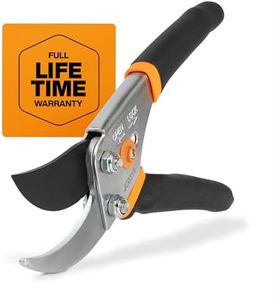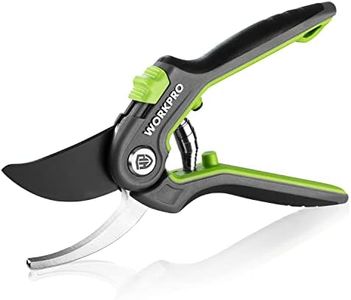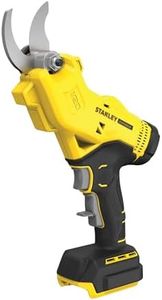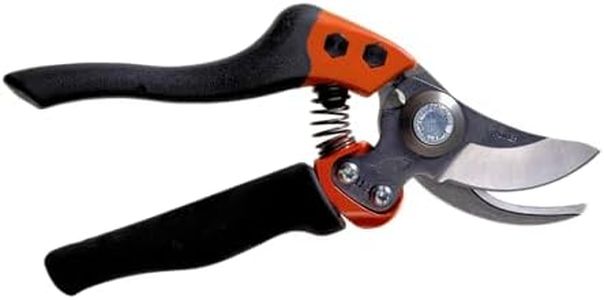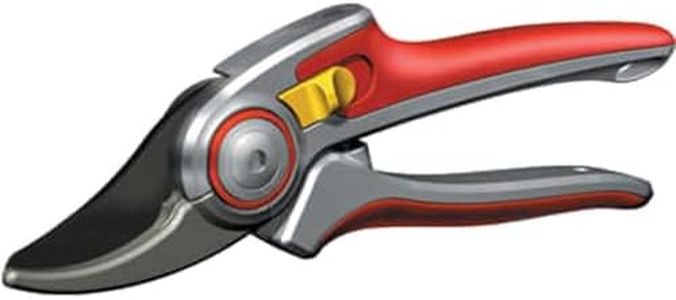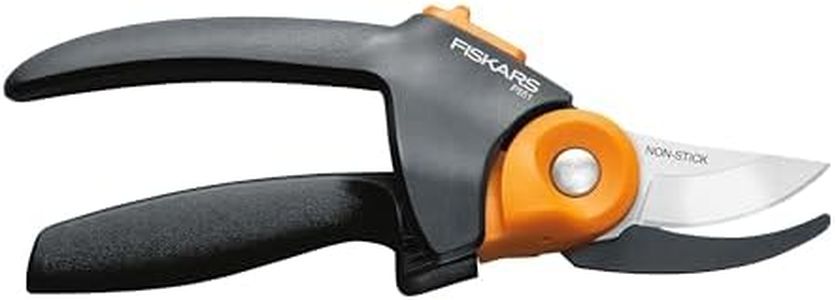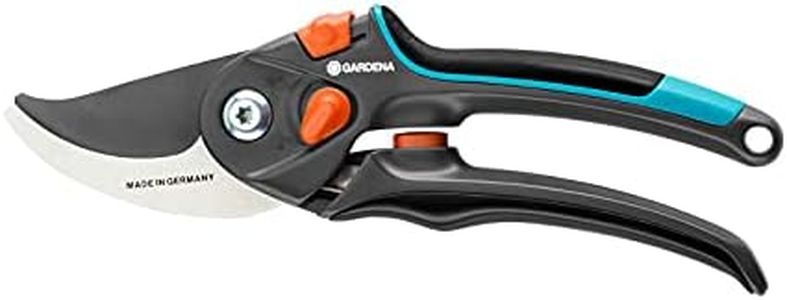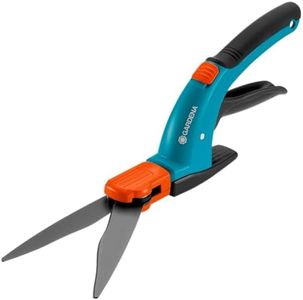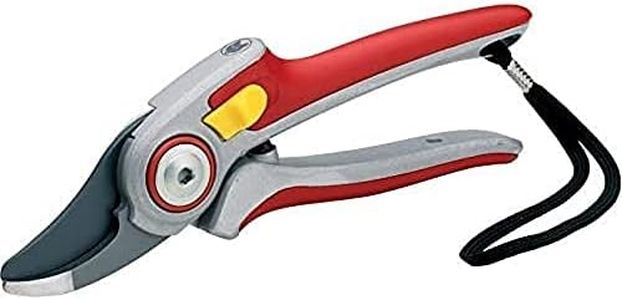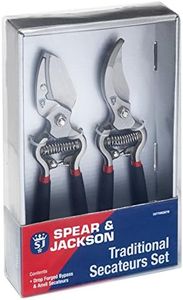We Use CookiesWe use cookies to enhance the security, performance,
functionality and for analytical and promotional activities. By continuing to browse this site you
are agreeing to our privacy policy
10 Best Garden Scissors
From leading brands and best sellers available on the web.Buying Guide for the Best Garden Scissors
Choosing the right garden scissors can make your gardening tasks much easier and more enjoyable. The right pair will fit comfortably in your hand, cut cleanly and efficiently, and last you for years if properly cared for. When deciding on garden scissors, it’s important to think about the types of plants you’ll be trimming, how often you’ll use them, and your own comfort during use. By understanding key specifications and how they relate to your gardening needs, you’ll be able to pick the best fit for you.Blade MaterialBlade material determines how sharp and durable the garden scissors will be. Common materials include stainless steel, carbon steel, and titanium-coated blades. Stainless steel resists rust and is low maintenance, making it suitable for most home gardeners. Carbon steel is often sharper and keeps its edge longer but can rust if not cared for, so it’s better for those willing to clean and oil their tools after use. Titanium-coated blades provide added resistance to corrosion and may last even longer. If you want a tool that needs little attention, go for stainless steel. If sharpness is your top priority and you're okay with more maintenance, choose carbon steel or titanium options.
Blade TypeThe type of blade affects what kinds of plants and stems you can cut efficiently. Straight blades are best for precise trimming and light pruning, making them ideal for flowers and soft stems. Curved or serrated blades handle tougher branches and stems since their shape can grip and cut more fibrous material with ease. Assess the main plants in your garden—go for straight blades for delicate work and curved or serrated blades for thicker, woody stems.
Handle DesignThe handle design greatly impacts comfort and ease of use, especially if you have large hands or plan to spend a lot of time cutting. Ergonomic handles that are cushioned or contoured can reduce hand fatigue and prevent blisters. Some scissors come with non-slip grips for safety, especially if your hands get wet or sweaty. Pick a design that feels good in your hand, especially if you’ll be doing a lot of trimming; try different shapes and grips if possible to see which suits you best.
Cutting CapacityCutting capacity refers to the maximum thickness of stem the scissors can cut through comfortably. Lighter scissors are designed for soft, thin stems up to about 5-10mm, making them a good choice for flowers and herbs. Medium-duty models can handle stems and small branches up to 15-20mm, which covers most general garden use. Heavy-duty scissors, sometimes called pruners or loppers in larger sizes, can tackle thick branches and woody stems over 20mm. Consider what you trim most and choose a cutting capacity that matches; don’t struggle with scissors that are too light or unwieldy for your usual tasks.
Locking MechanismA locking mechanism allows the blades to stay closed during storage, protecting both the blades and your fingers. Some mechanisms are easier to operate with one hand, while others may require two hands. Look for a lock that feels secure and simple for you to open or close, especially if you value safety or have children who might come across your tools.
WeightWeight matters if you’re going to use garden scissors for extended periods. Lighter scissors are better for flowers and smaller jobs and reduce fatigue. Heavier models suit thicker branches but might tire your hand if used continuously. Think about how long your typical gardening session lasts—choose lighter scissors for lots of quick snips, and sturdier, heavier ones for less frequent but tougher jobs.
Spring MechanismSome garden scissors include a spring mechanism that automatically opens the blades after every cut, making repetitive cutting much easier and less tiring. This feature is especially helpful for anyone with hand weakness or arthritis. If you expect to trim a lot of stems in one session, or if you have limited hand strength, consider scissors with this spring action to help reduce effort.

